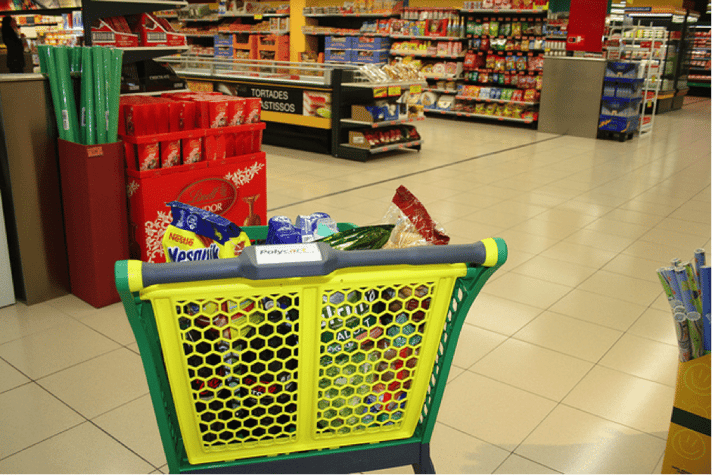 image credit: drew via flickr cc
image credit: drew via flickr cc
The ultimate goal for any CPG company is to achieve “brand insistence.” It’s what Branding Strategy Insider (BSI) defines as “when your brand is perceived to be the only viable solution for the customer’s need.” When consumers think of facial tissues, they think “Kleenex.” When they want a can of condensed Tomato Soup, it’s Campbell’s.
While these products still have category competition, they’ve achieved total ubiquity with their category in the mind of the consumer. In many cases, customers will reach for a box of Kleenex or a can of Campbell’s because the brand is familiar. Even if other products are cheaper or more innovative, their preference is strong enough they’re willing to make a few trade-offs.
How Does Brand Insistence Compare to Brand Awareness?
Brand insistence is a reality for only a few organizations, and it isn’t built overnight. However, organizations should consider the factors behind strong brand insistence when working to move their customers through the stages of insistence, which BSI defines as the following:
- Brand Awareness
- Initial Purchase
- Brand Preference
- Brand Loyalty
- Brand Insistence
These five factors illustrate a single customer’s journey towards total brand loyalty. Developing preference requires an initial purchase, and satisfactory outcomes.
In order to work towards broad household recognition and wide brand insistence, CPG marketers should understand the factors at play behind total brand loyalty. With a combination of better packaging, branding, promotions, and quality, you can develop lifetime loyalty and unquestioning preference.
What Goes into Brand Insistence?
Researcher Blake Van Auken believes there are five factors which contribute to brand insistence, which include:
Awareness
Accessibility
Value
Relevant Differentiation
Emotional Connection
If your branding and promotion strategy lacks strength in any of these areas, you may have difficulty developing genuine loyalty.
Awareness
Customer awareness is built in a wide variety of ways. Some customers discover products via Pinterest or other social media networks. Other demographics may rely on television and print advertising for CPG product recommendations. Many other customers identify new product solutions based on shelf placement and packaging.
Brand awareness is a core component of many CPG marketing strategies. The most effective awareness methods should align with how your ideal customers discover new grocery products.
Accessibility
While customers may prefer your product, they can’t develop insistence if it’s only available at special retailers. Broad distribution and availability are important factors in product loyalty and insistence.
Value
Is your product a reasonable deal for it’s price point? Does it deliver on your brand promise and claims of quality? Value factors are closely tied to customer preferences and pain points. The factors that define a valuable product to one customer demographic may not matter to another. By understanding your customer’s needs, you can continue to develop and refine your value.
Relevant Differentiation
Is your product the most unique in your category? Do you have the brightest packaging, broadest array of flavors, or most unique flavor? Even high-value products can struggle to develop customer insistence if they’re not unique from their competition in at least one meaningful way.
Emotional Connection
Effective CPG branding and promotions are necessary to build emotional connections with your customers. By developing a consistent customer experience across channels and working to build strong relationships with your buyers, companies can develop emotional connection.
Buyers develop strong loyalty with CPG brands they like and trust. Authenticity and honesty are critically important factors in developing an emotional connection.
By developing a branding and promotion strategy that includes a balanced approach to all of the factors behind customer insistence, organizations can improve their loyalty, rate of repeat purchase, and prominence within product categories. Without balance across emotional connection, value, and differentiation, organizations may fail to set the groundwork for lasting loyalty.







